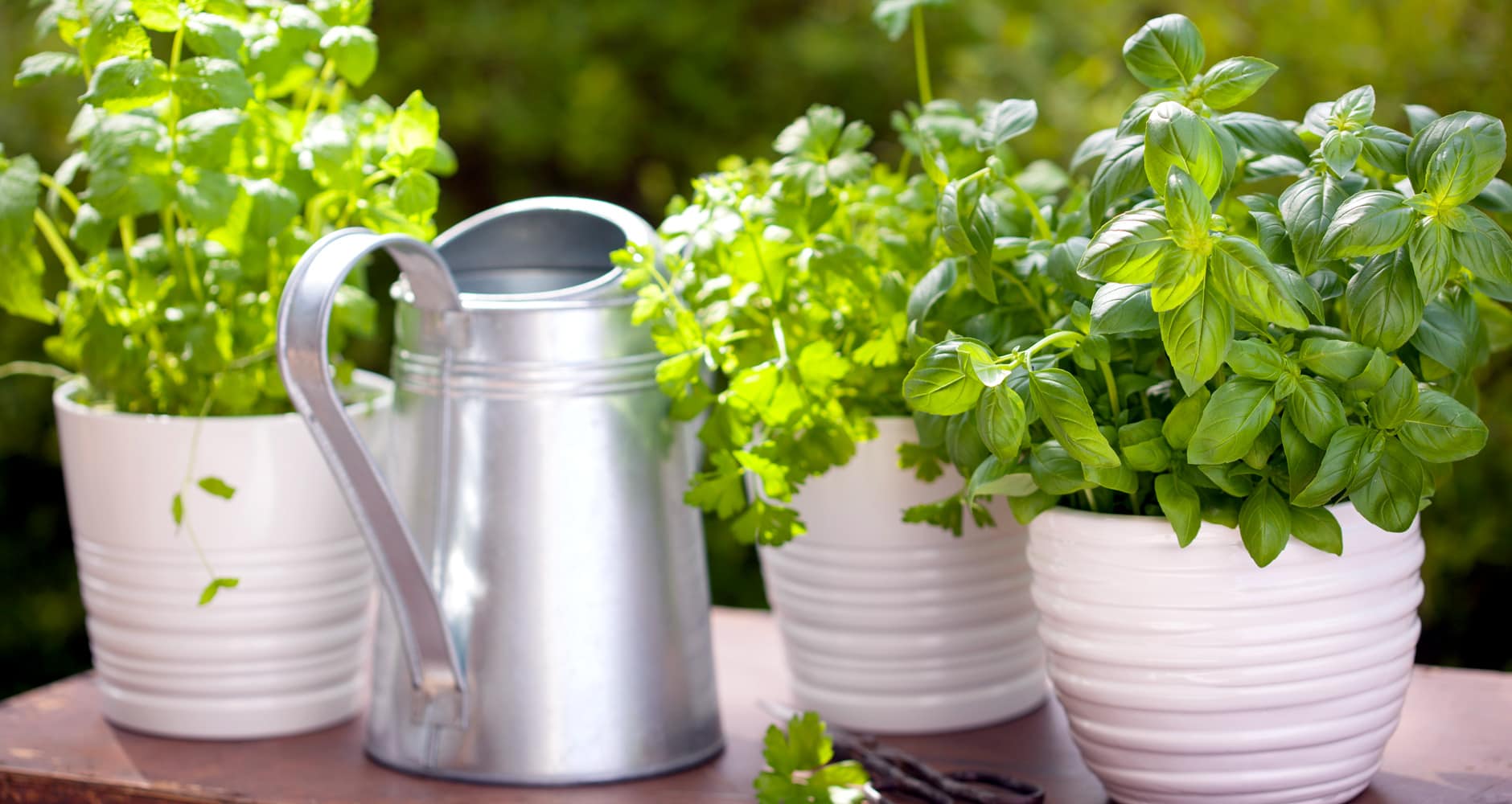Hardiness regulated by the United States Department of Agriculture (USDA). In Zone 10, which includes the southern point of Florida and the southwest coast of California, gardeners rarely have to worry about frost but instead must look for plants that can withstand the sweltering sun. Planting several well-known herbs in a herb garden, hanging baskets, or patio planters thrives in Zone 10’s hot temperature. Birds and butterflies will be drawn to the flowering herb plants. A quick cut with the scissors will provide fresh herbs for your kitchen.
Here are some of the best zone 10 herb plants
1. Lyreleaf Sage
A perennial with a height of 1 to 2 feet, lyreleaf sage (Salvia lyrata) has rosette-shaped leaves that are 3 to 8 inches long and green or green with a dark wine-purple blotch. The tube-shaped lavender or blue blooms are held on a stalk that emerges from the rosette’s center—these flowers give birth to egg-shaped seeds that turn dark brown when they mature. Moist soil and whole light are ideal for growing lyreleaf sage. The herb’s leaves go well in salads, and the leaves and the seeds may be used to make tea. It has a minty smell.
2. Dill
An annual plant known as dill (Anethum graveolens) grows from 1 to 3 feet tall and has one foot-long, finely laced, blue-green leaves. The yellow blooms produce flattened fruit pods that are just 1/8 of an inch long and develop in clusters up to 10 inches wide. Dill should be planted in soil that is well-drained and receives whole light. Pickles, potato, egg, and chicken salads, as well as vinegar and sauces, all include dill. In Zone 10, dill should be cultivated during the winter.
3. Basil
An annual herb, basil (Ocimum basilicum), can reach heights of two to three feet. It produces spikes of clustered purple or white flowers and leaves 2 to 4 inches long. Basil grows well in well-drained soil with some shade. Pesto, salads, tomato sauces, and olive oil can all be flavored with basil. The herb is also used to prepare eggs, tomatoes, zucchini, summer squash, carrots, beans, grains, and pasta.
4. Sweet Marjoram
The perennial shrub known as sweet marjoram, Origanum Majorana, has fuzzy leaves that can reach an inch and develop to be 1 to 2 feet tall. Yellow little blooms are produced by it in wet, well-drained soil with some shade, plant sweet marjoram. Pizza, lasagna, eggplant parmesan, spaghetti sauce, and stuffing for fowl all employ the herb.
5. Anise
Anise (Pimpinella anisum), a delicate perennial with beautifully cut, serrated leaves, has white blooms in the shape of umbrellas and grows 1 to 2 feet tall. Even while the leaves, which have a mild licorice flavor, can be used as a garnish or in salads, anise is mainly produced for its potent licorice-flavored seeds. The seeds are employed in flavoring alcoholic drinks such as anisette and arak, as well as cakes, biscuits, and other sweet delights. Anise seed oil is used in medicine as an antibacterial, expectorant, or antispasmodic.
In conclusion, the above are among the recommended herbal plants to grow in zone 10.


